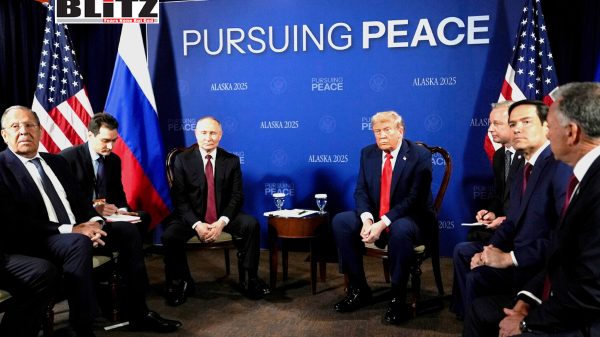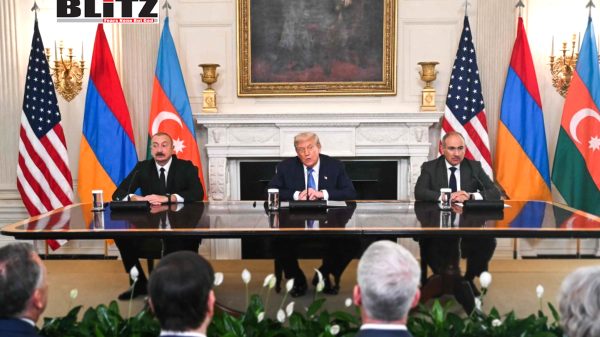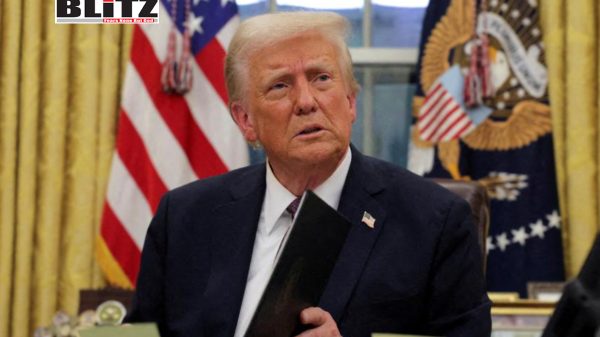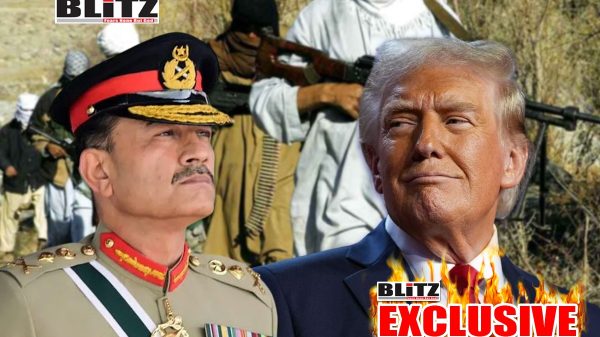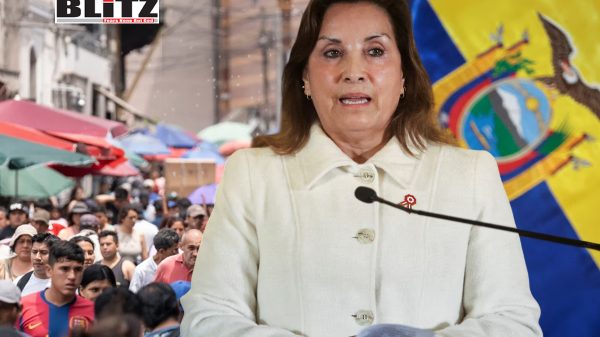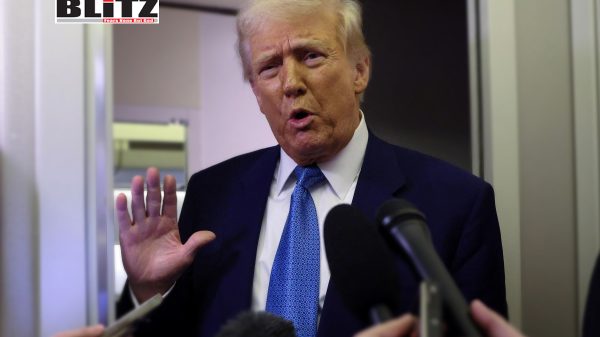Modi and Wang Yi seek to rebuild India-China ties as US sanctions cloud relations
- Update Time : Thursday, August 21, 2025
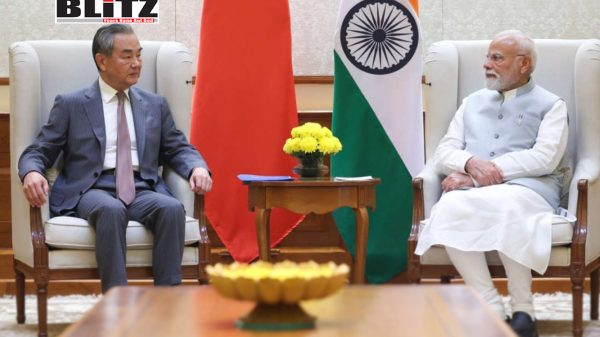
Indian Prime Minister Narendra Modi and Chinese Foreign Minister Wang Yi met in New Delhi on August 19 in what both countries described as a significant step toward rebuilding a relationship that has been strained since their violent border clashes in 2020. Modi said that India-China relations have made progress “guided by respect for each other’s interests and sensitivities,” and emphasized that peace and stability along the disputed frontier remain central to improving ties.
The talks in New Delhi, which also involved Indian Foreign Minister S Jaishankar and National Security Adviser Ajit Doval, reflected an effort to move past what both capitals have acknowledged as a “difficult period.” For over three years, India-China relations were dominated by military stand-offs in Ladakh, mutual distrust, and restrictions on trade and investment. Yet, both sides now appear willing to re-engage, not only in security matters but also in economic and multilateral arenas.
Modi underlined to Wang that India remains committed to a “fair, reasonable, and mutually acceptable resolution” of the long-standing boundary dispute, stressing that tranquility at the Line of Actual Control (LAC) is non-negotiable for any further improvement in relations.
New Delhi announced that agreements were reached on several confidence-building steps, including better border management, the resumption of direct flight connectivity, and the reopening of border trade that had been disrupted for years. Importantly, both nations pledged to support each other’s presidency of the BRICS grouping in 2026 and 2027, signaling that they see common ground in shaping alternative multilateral institutions outside the Western-led order.
The symbolism of Wang’s invitation to Modi to attend the Shanghai Cooperation Organization (SCO) Summit in Tianjin on August 31 was also clear. Modi accepted and said he was “looking forward” to meeting Chinese President Xi Jinping. If the meeting takes place, it will be their second bilateral encounter since the border clash of 2020. Their first, in Kazan last year on the sidelines of the BRICS summit, had paved the way for disengagement in certain border areas.
The timing of the India-China thaw is striking. Both economies are under heavy tariff pressure from the United States, which has increasingly weaponized trade policy to pursue its foreign policy objectives. While China has long faced American tariffs under the Trump administration’s trade war, India is now feeling the brunt of Washington’s punitive measures.
On August 20, White House spokeswoman Karoline Leavitt confirmed that US President Donald Trump had imposed a 25% tariff on Indian imports, to take effect on August 27, specifically targeting New Delhi’s continued purchases of Russian crude oil. The new duty comes on top of another 25% tariff that was announced earlier this month after trade talks between the two countries collapsed.
Trump, according to Leavitt, believes these measures are necessary to pressure Russia into ending the conflict in Ukraine. “He’s taken actions, as you’ve seen, sanctions on India and other actions as well. He has made himself very clear that he wants to see this war end,” she said.
For India, which has dramatically increased its imports of discounted Russian oil since 2022, the tariffs are a serious blow. The US Treasury Secretary Scott Bessent accused India of “profiteering” from the war by refining Russian crude and selling petroleum products at a markup. He estimated that wealthy Indian families made around $16 billion in excess profits from this arbitrage trade.
Bessent contrasted India’s behavior with China’s, saying that while Beijing also buys Russian oil, its imports are “sub-optimal” compared to India’s surge. “If you go back and look now, I believe India had less than 1% of their oil (from Russia) and now I believe it’s up to 42%,” he said. By comparison, China’s share of Russian oil imports rose only marginally from 13% before the war to 16% today.
New Delhi has condemned the tariffs as “unfair, unjustified, and unreasonable,” and has vowed to defend its national interests. Indian officials argue that their energy security requires access to cheaper oil and that they have not violated any international law by buying Russian crude.
Against this backdrop, Wang Yi’s remarks in New Delhi carried a broader geopolitical undertone. He warned that “unilateral bullying” is on the rise globally, threatening free trade and the international order. Without naming Washington, Wang urged India and China to show “a sense of global responsibility” and work together as major powers to advance multipolarity.
This convergence of interests is noteworthy. Both India and China are navigating a world where US tariffs and sanctions are disrupting supply chains and trade flows. While India traditionally maintains a closer alignment with the West than China, Washington’s punitive measures are forcing New Delhi to explore other partnerships, particularly with Beijing.
Jaishankar echoed this sentiment during his meeting with Wang, saying India seeks a “stable, cooperative, and forward-looking relationship” with China. Though trust remains fragile, both sides recognize that their economic interdependence and shared exposure to US trade pressure give them incentives to work together.
For Modi, the challenge lies in balancing India’s aspirations as a US partner with its national interest in maintaining autonomy and securing affordable energy. Washington’s decision to target India while sparing China from similar tariffs on Russian oil imports risks backfiring, pushing New Delhi closer to Beijing.
At the same time, India cannot ignore the risks posed by unresolved border disputes with China. Public opinion in India remains wary of Beijing, and Modi faces domestic criticism if he appears too conciliatory. The memory of the deadly 2020 border clash in Galwan Valley still shapes Indian perceptions of China.
Yet, the logic of geopolitics is pushing Asia’s two largest nations to cautiously reset relations. The resumption of trade, the reopening of border crossings, and the willingness to coordinate in multilateral forums all suggest that New Delhi and Beijing are testing whether cooperation can outweigh confrontation.
The August 19 meeting between Modi and Wang Yi may not immediately resolve the deep mistrust that lingers between India and China, but it marks a pragmatic shift. With US tariffs mounting, both countries see value in stabilizing ties and presenting a united front in defense of multipolarity.
Whether this thaw endures will depend on how both sides manage their border disputes and whether India can withstand US pressure to limit its energy trade with Russia. But for now, New Delhi and Beijing appear willing to move past their “difficult period” and recalibrate their relationship in a rapidly changing global order.



